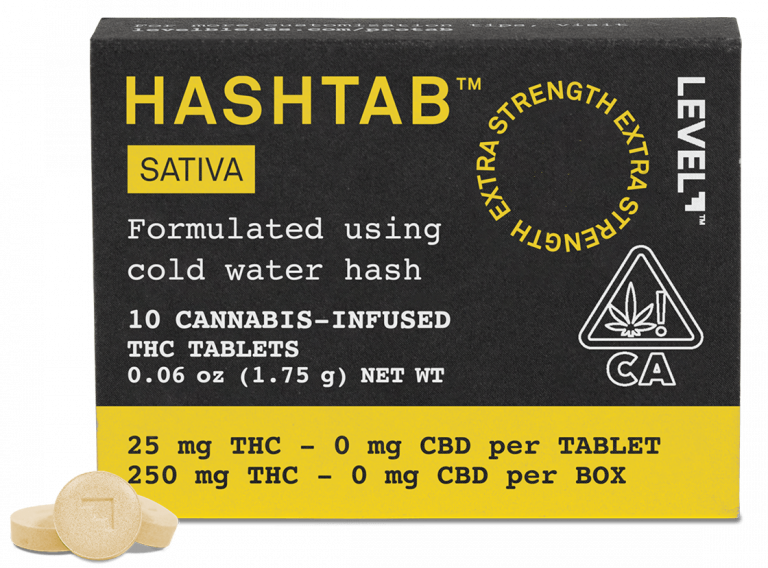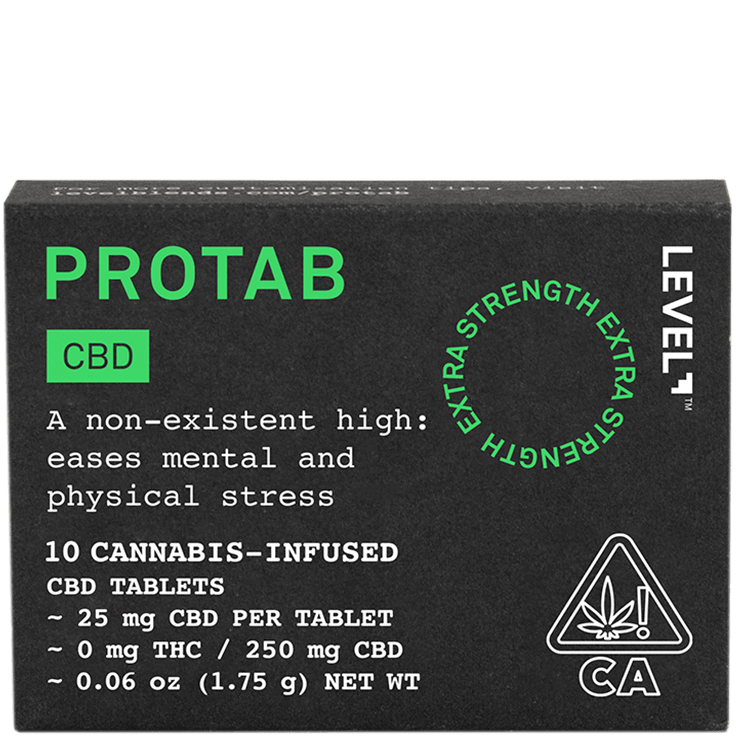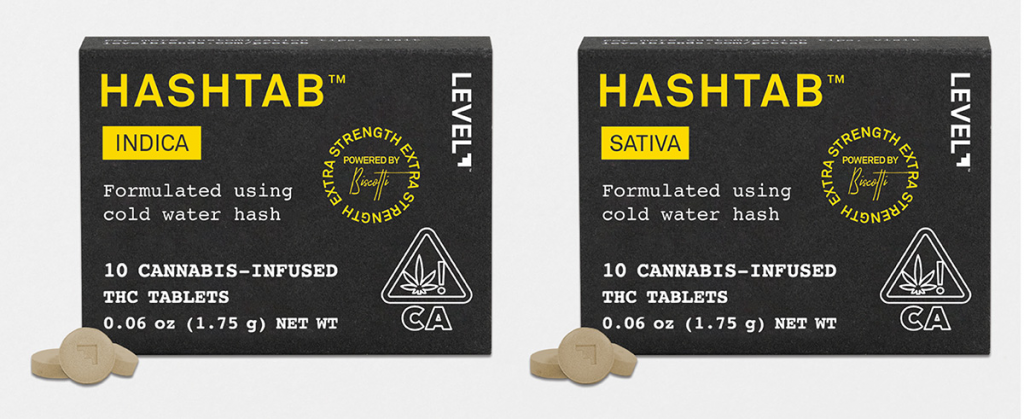

The first by the Egyptians is called Assis (Hashish (Arab.)), which is the poulder of Hemp, or of Hemp leaves, which is water made in paste or dough, they would eat five pieces, (each) as big as a Chestnut (or larger) This is used by the common people, because it is of a small price, and it is no wonder, that such vertue proceedeth from the Hempe, for that according to Galens opinion, Hempe excessively filleth the head." He said, "Bangue is likewise much used in Turkie and Egypt, and is made in three sorts, having also three names. He particularly mentioned the Egyptian hashish.

In 1596, Dutchman Jan Huyghen van Linschoten spent three pages on "Bangue" ( bhang) in his historic work documenting his journeys in the East. Smoking did not become common in the Old World until after the introduction of tobacco until the 1500s, hashish was consumed as an edible in the Muslim world. The cult of Nizari militants which emerged after the fall of the Fatimid Caliphate is commonly called the sect of the Assassins-a corruption of hashishin, Arabic for "hashish-smokers." The 13th-century jurist Ibn Taymiyyah prohibited the use of hashish he mentioned that it was introduced to Levant with the Mongol invasion (throughout the 13th century). The first attestation of the term "hashish" is in a pamphlet published in Cairo in 1123 CE, accusing Nizari Muslims of being "hashish-eaters". North India and Nepal have a long social tradition in the production of hashish, known locally as charas. Hashish has been consumed for many centuries, though there is no clear evidence as to its first appearance. ( June 2019) ( Learn how and when to remove this template message) Unsourced material may be challenged and removed. Please help improve this article by adding citations to reliable sources in this section. This section needs additional citations for verification. It is most commonly light or dark brown in color, though may appear transparent, yellow, black, or red. It is typically solid, though its consistency ranges from brittle to malleable. The consistency and appearance of hash vary depending on the process and amount of leftover plant material (e.g. With the strength of unprocessed cannabis flowers having increased greatly in recent years-with flowers containing upwards of 25% THC by weight-the strength of hashish produced today and in the future is likely to be far more potent than in these older records. Between 20, the percentage of hashish in cannabis end product seizures was at 18%. Purities of confiscated hashish in Europe (2011) range between 3% and 15%. The resin contains ingredients such as tetrahydrocannabinol (THC) and other cannabinoids-but often in higher concentrations than the unsifted or unprocessed cannabis flower. It is defined by the 1961 UN Single Convention on Narcotic Drugs (Schedule I and IV) as "the separated resin, whether crude or purified, obtained from the cannabis plant". Hash is a cannabis concentrate product composed of compressed or purified preparations of stalked resin glands, called trichomes, from the plant.

Like many recreational drugs, multiple synonyms and alternative names for hash exist, and vary greatly depending on the country and native language.

In the United States, dried flowers or concentrates are more popular, though hash has seen a rise in popularity following changes in law. Hash consumption is also popular in Europe. Hash has a long history of usage in countries such as Morocco, Egypt, Afghanistan, Pakistan, India, Nepal, Iran, and Lebanon. It is consumed by smoking, typically in a pipe, bong, vaporizer or joint, or via oral ingestion. Hashish ( Arabic: حشيش, ( IPA: )), also known as hash, is a drug made by compressing and processing parts of the cannabis plant, typically focusing on flowering buds (female flowers) containing the most trichomes.


 0 kommentar(er)
0 kommentar(er)
